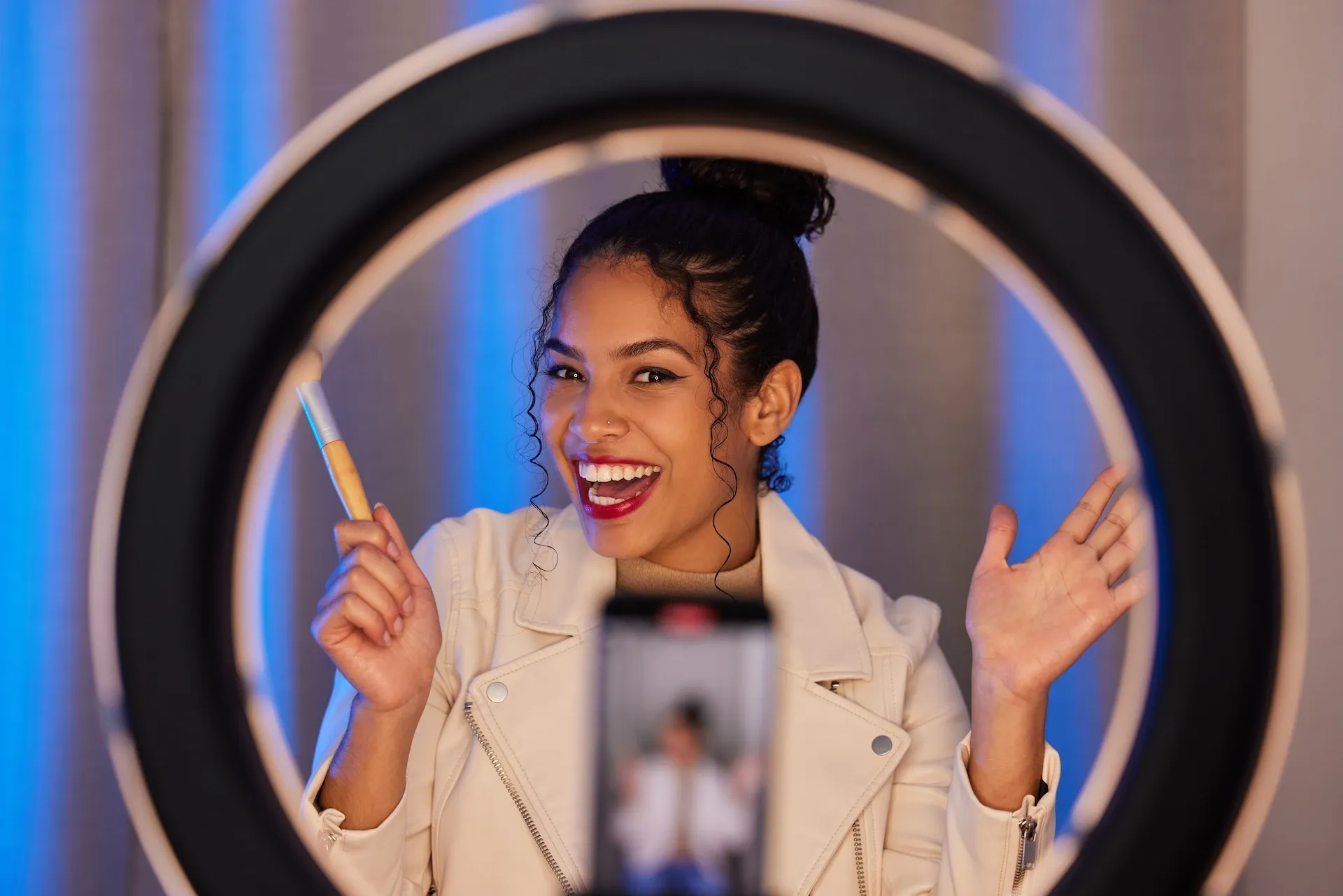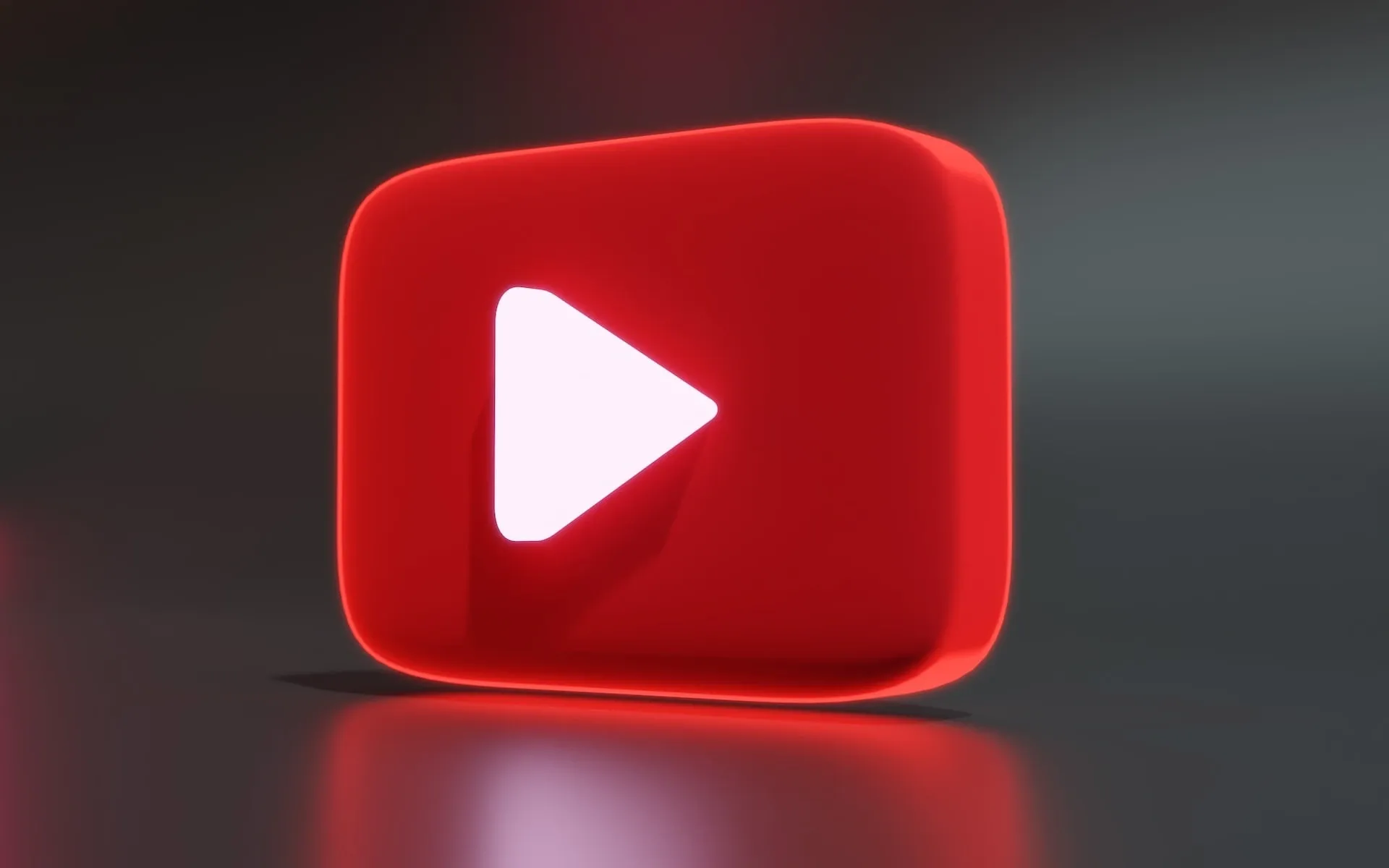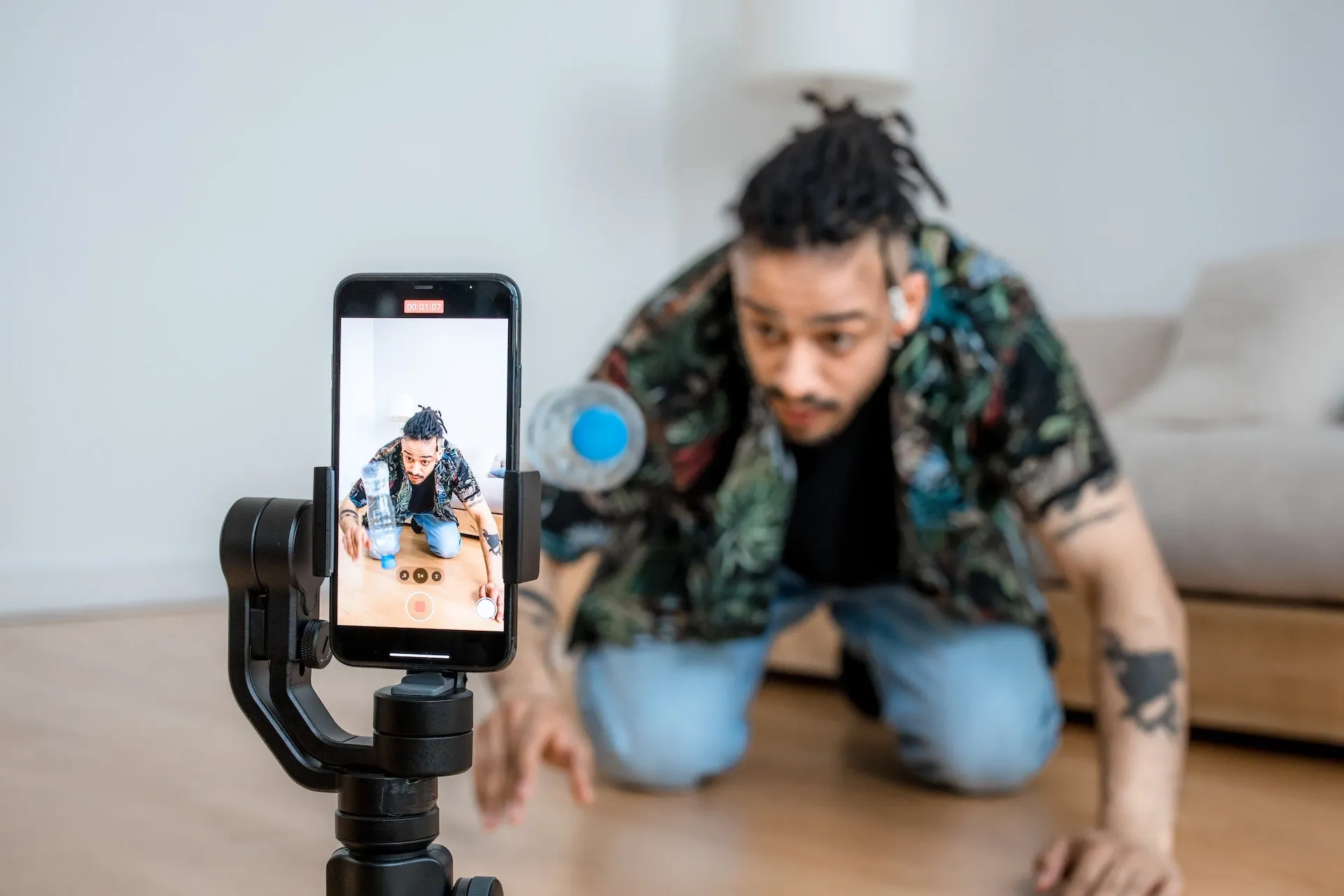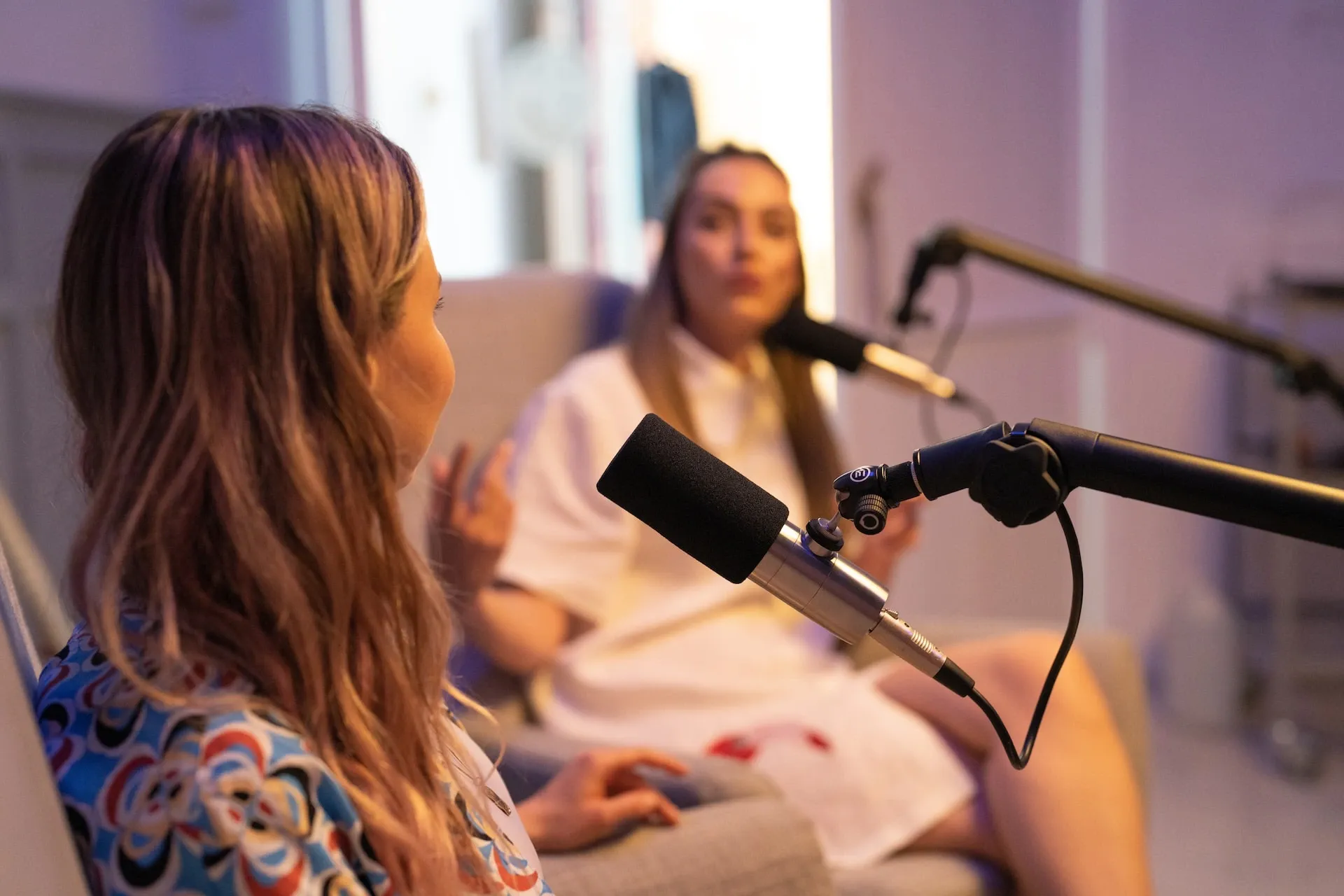How to use YouTube advertising in 2024
Not sure how to use YouTube advertising in 2024? Check out our guide to learn about YouTube ad revenue, Google Ads, costs, and more.

YouTube ads are now as commonplace as ads on cereal boxes, billboards, and TVs. But how do YouTube ads work, how much do they cost, and are they worth it?
How does advertising work on YouTube?
YouTube advertising is big business in 2024. It helps content creators monetize their content and ensures the right ads are matched to the right viewers. So, how does it work?
We’ll cover the step-by-step guide later, but as long as you have a Google Ads account, a YouTube channel, and a bank with some money in it, you’re good to go. YouTube will then target audiences with your ads based on the variables you entered when setting up the ad campaign – again, we’ll cover that a little later.
Do YouTube ads actually work?
Yes! Aside from its parent company, Google, YouTube is the biggest search engine out there. Research shows that YouTube ads are 84% more likely to work than TV ads – there’s something to be said there about the instant, clickable nature of the internet.
Around two billion people – a quarter of the earth’s population – rock up to YouTube every month, clocking in more than seven billion hours of watched content every week. If your ads are good and you target the right people, you’re going to be seen.

Can you advertise on YouTube for free?
Unfortunately, you can’t advertise on YouTube for free. Their advertising model is in place to give advertisers a fair shake of the stick. It also provides creators with proper compensation for allowing ads to run on their content. If you want to run YouTube ads, make sure to factor it into your digital marketing budget.
How much does it cost to advertise on YouTube?
There’s no straight answer for this, as the cost of YouTube advertising can vary depending on different factors. These could include:
- Your YouTube advertising campaign goals
- Any upfront costs associated with video ads
- The type of YouTube ad you’re running
- The kind of audience you target – the more desirable and ‘valuable’ a demographic, the higher the cost
- Your daily YouTube advertising budget
By that metric, 1,000 YouTube impressions would cost something like $10. But again, we must stress that these numbers aren’t set in stone, and it’s important that you budget and plan your ad campaign within your means, rather than hoping a certain amount of money will achieve a concrete result.
Do YouTubers get paid for ads or views?
YouTubers are paid per ad shown. On average, they’ll bag around $0.10 and $0.30 per ad watched on their content, but just like the cost of creating ads, the reward for running said ads isn’t exactly concrete. Head over here to learn more about how YouTubers can make money with advertising.

What are the different types of YouTube ads?
There are six core YouTube ads, which can be used for different purposes. Let’s rattle through them below.
In-feed video ads
These appear at the top of YouTube search results and alongside related YouTube videos. They’re connected to relevant keywords users have searched for, guaranteeing that the ad being served is relevant and interesting to the current viewer.
These ads are perfect if you’re pushing a product or service within a competitive category – your ad may well show up when people search for your competitors! They’re also a preferred choice because they don’t interfere with people’s viewing experience.
Skippable in-feed ads
These are longer-form ads that the user can skip after waiting five seconds – hopefully, they’ll stick around to watch the whole thing. Skippable in-feed ads often last around a minute, giving viewers an in-depth look into your offering. As long as you can pull people in and stop them skipping, you’ll have ample chance to unpack your messaging and generate sales, leads, and website traffic.
Non-skippable in-feed ads
These appear at the beginning or during YouTube videos, just like their skippable counterparts we just mentioned. As these ads aren’t skippable, they’re limited to 15 seconds in length. For this reason, consider using these for brand awareness campaigns, given viewers can’t ignore them if they want to view the content they’ve clicked.

Bumper ads
These are basically non-skippable in-stream ads, but pint-sized. They run at six seconds or less, making them the ideal YouTube ad for quick-fire, eye-catching messaging. Bumper ads’ rapid-fire nature means they’re paid by CPM (cost-per-mille, meaning every thousand impressions). This means you only pay for bumper ads every time they hit the next 1,000 impressions mark.
Outstream ads
Outstream ads only run on mobile, and the twist is they run outside of YouTube. They’re geared to work on Google video-partnered websites, and they start without sound. It’s up to the viewer to hit the sound button, meaning you’ll have to go the extra mile to create something worth clicking.
Masthead ads
These appear at the top of the YouTube homepage, on both desktop and mobile. They play silently for 30 seconds on desktop and the entire duration on mobile, then default to a thumbnail.
When viewing via desktop, users can see a little information panel on the right-hand side of the masthead ad, giving them that extra slice of context for your content. It’s worth noting that these ads can only be used if you’re working with a Google sales rep, so they’re not available to everyone.

How can I advertise on YouTube?
So, you’ve learned why you should advertise on YouTube, how much it might cost, and what kind of ads you can run. Let’s run through a quick step-by-step guide on creating and running YouTube ads.
1. Log into your business’ YouTube channel and upload your video ad
If you don’t have a YouTube business channel, make sure to sign up and fill in all the necessary details. Once you've done that, don’t forget to optimize the video for organic YouTube search. This means that even with the added bulk of your YouTube advertising campaign, your video might snag some views through good old organic search.
2. Log in to your Google Ads account
Just like Facebook advertising, Instagram advertising or TikTok ads, advertising on YouTube requires some sort of ads management platform. It’s called Google Ads, and like most other Google products, it prides itself on being user-friendly. If you don’t have a Google Ads account, you can create one here.
3. Start a Google Ads campaign
If you’ve started a new Google Ads account, Google will prompt you to create your first campaign. If you have an existing Google Ads account, click the blue ‘plus’ icon under the ‘Campaigns’ tab. Once prompted, select ‘Get more views and engagement on YouTube’ as your campaign goal.

4. Choose your campaign goal
You’ll be moved to a section that looks pretty overwhelming, but we’ll break it down here. You need to choose your campaign goal. This depends on what you want to achieve with your YouTube advertising campaign, so let’s dig into that now. Here’s a breakdown of the campaign goals for YouTube advertising:
- Sales: Drive sales online, in app, on-phone, or in-store
- Leads: Secure leads by encouraging people to take action
- Website traffic: Get the right people to visit your website
- Brand awareness and reach: Reach a larger audience to build awareness and recognition
- App promotion: Score downloads, interaction, and pre-registration for your app
- Product and brand consideration: Encourage people to browse your products
- Local store visits and promotions: Drive visits to physical storefronts
- Create a campaign without a goal’s guidance: We’d advise against this if it’s your first rodeo!
5. Select your campaign type
Since you’re creating a YouTube ad, hit the ‘Video’ option. You’ll then be presented with a bunch of further options, which determine the campaign’s sub-type. They are:
- Drive conversions
- Custom video campaign
- Video reach campaign
- Influence consideration
- Outstream
- Ad sequence
- Shopping
Once you’ve chosen the sub-type, hit ‘Continue.’ This is when the fun starts – the budget.

6. Set your YouTube advertising budget
The cost of YouTube ads depends, in part, on the amount you’re willing to bid for that digital ad space. You’ll need to set yourself a daily budget, which YouTube dishes out accordingly. Most businesses start with something like $10 per day, then increase it once they start seeing results and know what works and what doesn’t.
It’s important that you only budget for what you’re comfortable with. Don’t set a really high maximum bid on a hunch – do what you can afford, start small, and see where it takes you.
Regarding the budget, your bids can be placed in several different formats, which will vary depending on your campaign’s goal:
- CPV, or cost-per-view. This means you’ll pay for the advert after someone has watched your video for at least 30 seconds.
- CPM, or cost-per-impression. As we covered, you pay for this once your YouTube ad has been viewed 1,000 times.
- CPA, or cost-per-action. You’ll pay for the ad after users complete a specific action, such as clicking a link.
If you’re more interested in ads that run in-stream than in-display, you can twist your ad strategy to support that goal. Click on ‘Customize Bids Per Format’ so you can split your bids between in-display and in-stream – set a higher amount for the one you want, to make sure your ad placement is weighted there.
7. Target your audience
Now that your budget’s agreed, it’s time to decide who will receive your ads. This is achieved with targeting. Targeting helps you choose:
- Networks: These are the types of ads we discussed earlier. Do you want your videos to play as non-skippable in-feed ads, bumper ads, or something else entirely?
- Language: Choose the language you want your ads to cater to.
- Location: Select the territories you’d like your ads to run in.
- Exclusions: Remember to list any content or themes you don’t want your ads to be associated with. For example, if your content is strictly for adults, it shouldn’t be running on sites commonly browsed by kids.
- Additional settings: You can get fancy here, deciding if your ads should appear on certain devices or not. This is a solid way to secure ads on YouTube Shorts, given that Shorts are optimized for mobile.

After you’ve set your target, you can create ad groups. You don’t have to do this, and on your first ad campaign, it might be best to leave it. However, if you choose to do this, you can create hyper-targeted audiences for your ad targeting, based on factors like demographics and interests.
Once you’re done with targeting, give your ad campaign a final review and publish it.
And there you have it. How to advertise on YouTube in 2024. It’s a competitive, fast-paced space, but if you want to get your business in front of the right people, the Google Ads platform can help.
If you’re stuck for music to use in your ads, don’t settle for second-best. Find the perfect soundtrack every time with Epidemic Sound.
Our catalog is high-quality, affordable, and safe. An Epidemic Sound subscription goes beyond royalty-free music, removing the headache of licensing and freeing you up to do what you do best. You can enjoy the safety of our license hand-in-hand with our massive catalog of 40,000 tracks, covering just about every genre you can think of. You’ll also gain unlimited access to our advanced search functions — finding the right sound’s never been easier.
It’s better than royalty-free. It’s worry-free. Get started with Epidemic Sound below, or get in touch to discuss our tailor-made Enterprise Solutions.

Related posts:

